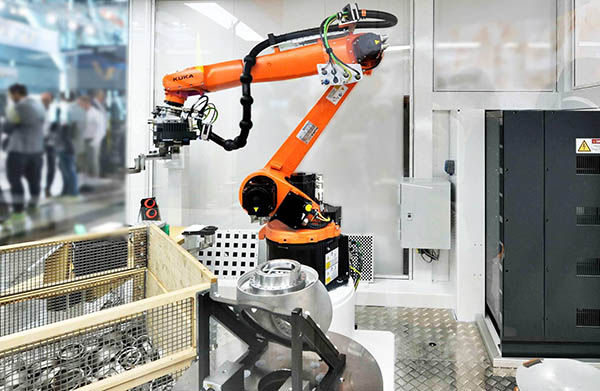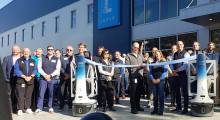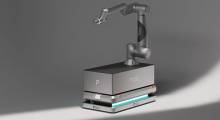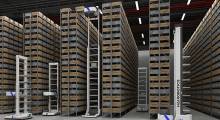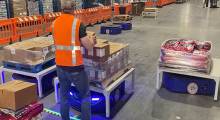While it's easy for a human to reach into a bin and pick up a screw without hitting an arm on the bin's edge, a robot needs precise motion planning. KUKA AG last week partnered with Roboception GmbH to develop and offer a vision tool kit they said is easy to integrate into the production process with no major programming effort.
A robot must precisely calculate picking parameters to reach into a bin at the correct angle and grip the right part. With proper preparation, automation promises to relieve humans of tedious bin-picking work, noted KUKA.
Augsburg, Germany-based KUKA said it supplies everything from robots and workcells to fully automated systems and networking in markets such as automotive, electronics, metals and plastics, consumer goods, retail and e-commerce, and healthcare. The company reported 2021 sales of about €3.3 billion ($3.2 billion U.S.) and approximately 14,000 employees.
Roboception provides images collision-free picking
For precise calculation of picking parameters, Roboception’s 3D camera sends images of items for picking and their environment to a computer for “perfect, singularity-free” path planning, said KUKA. The camera is included as part of the package.
The KUKA.SmartBinPicking software calculates the most efficient path for the robot arm to reach the desired item, taking the robot structure and the gripper into consideration. This collision-free path planning reduces downtime to a minimum, claimed the companies.
When detecting sorted or unsorted objects, the software prioritizes the parts that the robot should grip first, perhaps because they are on top.
KUKA optimizes with AI and CAD
KUKA said its KUKA.SmartBinPicking software and associated components are designed to enable robots to retrieve parts from bins reliably, quickly, and without tiring.
Object recognition is trained in advance in a photorealistic simulation environment that uses a CAD model optimized for color reactions, materials, and lighting conditions, said KUKA. Artificial intelligence optimizes recognition of any object for identification, even in difficult scenarios, it said.
“Each object to be picked from a bin is trained over a specific time period in our AI environment,” said Michael Hohenäcker, portfolio manager for handling and vision at KUKA. “This training process can run overnight so the application is ready for use the very next day.”
Parallel path planning reduces cycle times
KUKA said its collaboration with Roboception has also enabled it to offload path planning to an external computer with no impact on robot controller performance.
Hohenäcker explained that this offers a very specific advantage: “Even while the robot is bin picking, the next path is already being planned in parallel, which reduces cycle times.”
Customers can also save time with the integrated system, said the company. With Web-based configuration technology, customers can view their unique case in a 3D model and control system specifications, said KUKA. It added that they do not need in-depth KUKA programming experience.
“KUKA.SmartBinPicking gives customers a technology package that enables easy, efficient bin-picking control,” said Hohenäcker.
Article topics
Email Sign Up

